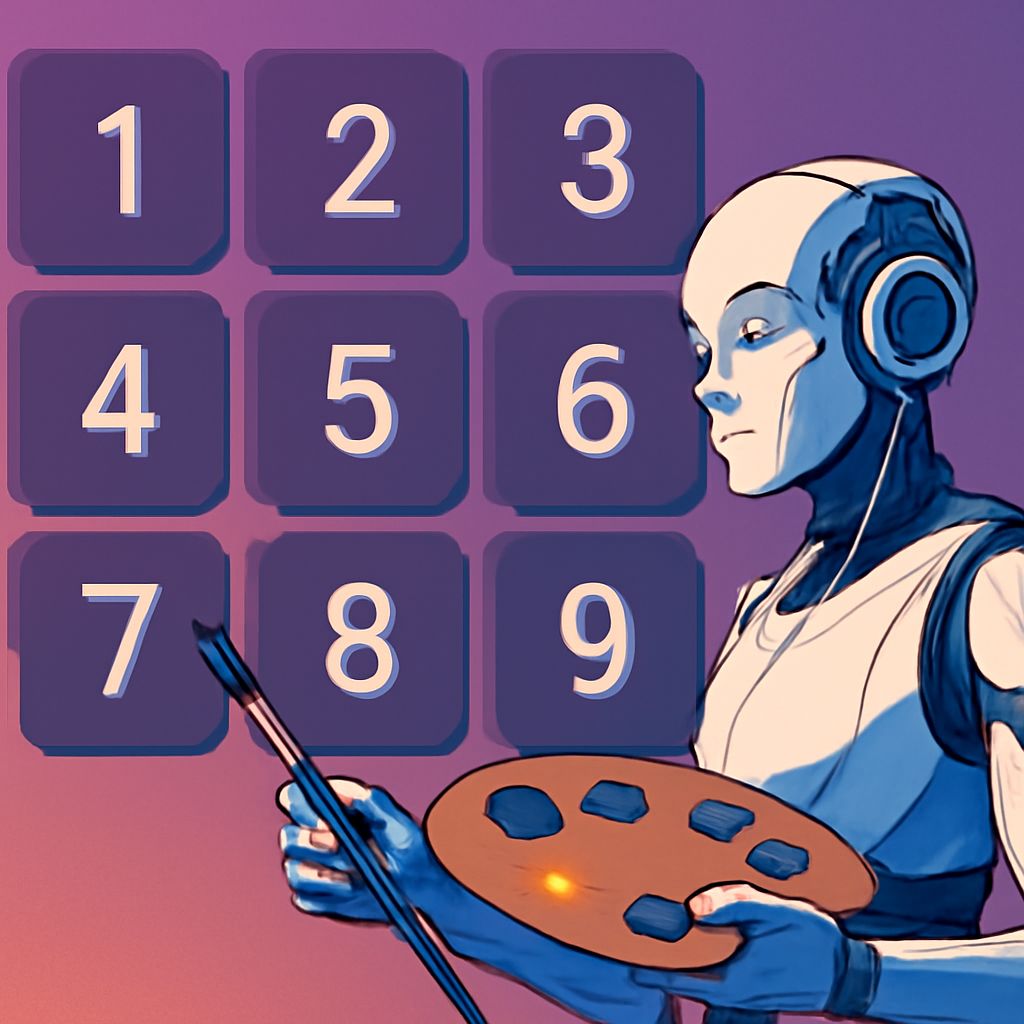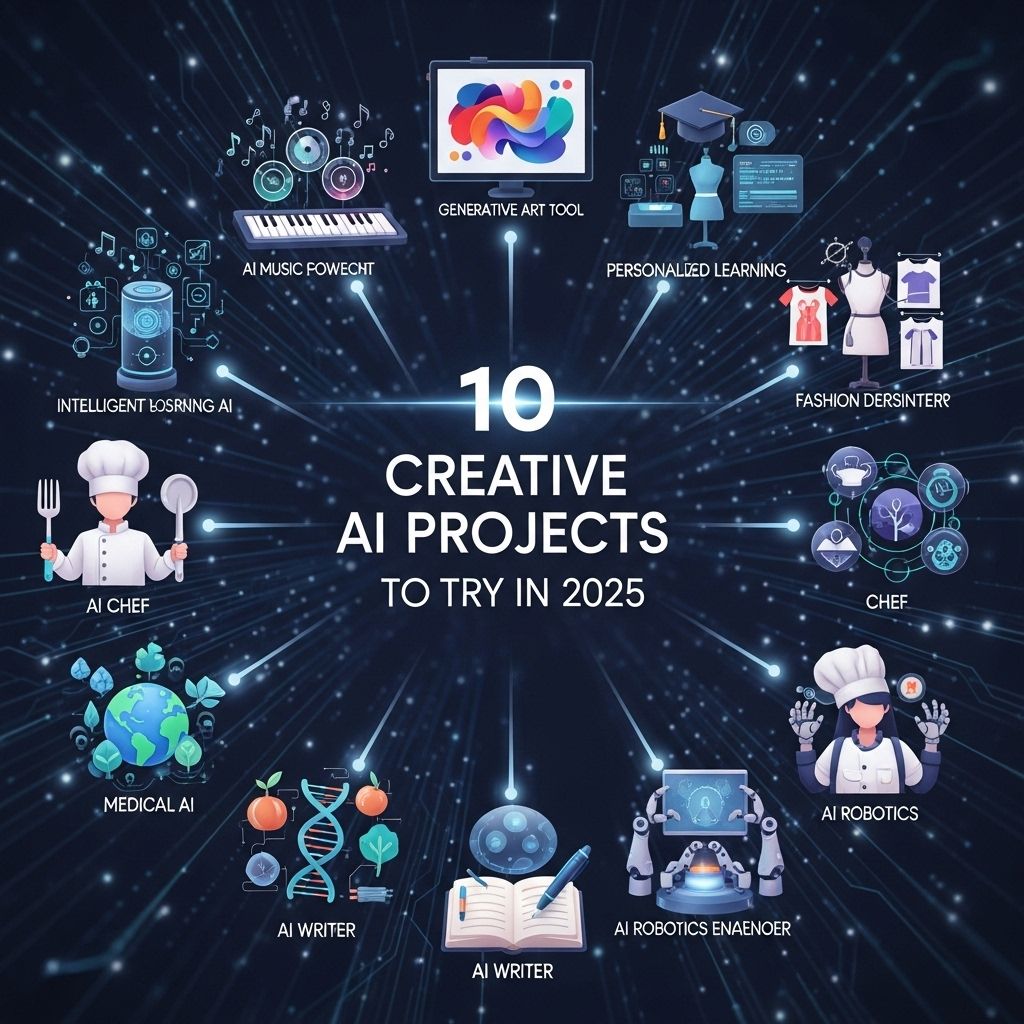As the digital landscape evolves, artists are increasingly leveraging artificial intelligence (AI) to enhance their creative processes. The intersection of technology and art opens up a myriad of possibilities, empowering creators to innovate in ways previously thought impossible. This article explores the top AI tools that are poised to revolutionize the artistic community by 2025, providing insights on how these innovations can augment creativity, streamline workflows, and inspire new forms of art.
Understanding AI in Art
AI in art refers to the use of machine learning algorithms and computational techniques to create, modify, or analyze artistic works. This can include everything from generating images and music to assisting in design processes. Here are some key areas where AI is making a significant impact:
- Image Generation: Tools that create artwork from scratch using neural networks.
- Style Transfer: Applying the visual appearance of one image to another using AI algorithms.
- Music Composition: AI systems that generate original music scores based on user inputs.
Top AI Tools for Artists
1. DALL-E 2
DALL-E 2 is an advanced AI image generator developed by OpenAI that creates visually stunning images from text prompts. Artists can input detailed descriptions, and the tool will produce unique visual representations. This tool is particularly useful for conceptual artists looking to visualize ideas quickly.
2. RunwayML
RunwayML is a creative suite designed for artists that integrates various machine learning models. It allows users to manipulate media in real-time, making it perfect for video editing, image creation, and even animation. Its user-friendly interface enables artists of all skill levels to engage with complex AI technologies.
3. Artbreeder
Artbreeder is an innovative platform that allows users to blend images and create entirely new artworks. By utilizing genetic algorithms, artists can ‘breed’ images, adjusting parameters such as style, color, and content. This collaborative tool is ideal for generating unique artwork and exploring different artistic directions.
4. DeepArt
DeepArt employs neural networks to transform photos into artworks that resemble famous painting styles. Users can upload their images and select a style to apply, effectively creating unique pieces of art inspired by renowned artists. It’s an excellent tool for those looking to infuse classic artistic elements into their work.
5. Adobe Sensei
Adobe Sensei enhances the Adobe Creative Cloud suite with AI capabilities. From automating mundane tasks to providing intelligent editing suggestions, Sensei allows artists to focus more on their creative processes. Its features include image recognition, automated tagging, and content-aware fill, streamlining workflows significantly.
6. RunwayML’s Green Screen Tool
The Green Screen Tool from RunwayML employs AI to assist in background removal and scene replacement in videos. This tool is invaluable for videographers and motion graphic artists, allowing for seamless transitions and dynamic storytelling without extensive manual editing.
7. Jukedeck
Jukedeck is an AI music composition tool that generates original music tracks tailored to specific needs or emotions. Users can set parameters such as mood and genre, allowing for customized soundscapes that enhance multimedia projects, perfect for artists working on video or interactive installations.
8. NVIDIA GauGAN
NVIDIA GauGAN is a powerful AI tool that transforms simple sketches into photorealistic images. Artists can draw a rough outline and choose from various materials such as water, trees, or skies. The AI fills in the details, resulting in stunning landscapes and environments, making it ideal for concept art and visual storytelling.
9. Soundraw
Soundraw is an AI-driven music generator that allows users to create custom tracks by selecting various parameters. Artists can easily manipulate the mood, style, and instrumentation, resulting in tailored music scores for their projects. This tool is particularly beneficial for filmmakers and content creators.
10. Canva’s Magic Write
Although primarily a design tool, Canva’s Magic Write feature uses AI to generate written content for social media, marketing, and more. Artists can utilize this feature to accompany their visual work with compelling narratives, ensuring a cohesive presentation across platforms.
How AI Tools Enhance Artistic Creativity
AI tools provide artists with a variety of benefits that can significantly enhance their creative workflow:
- Inspiration: AI can generate unique ideas and concepts that artists may not have considered, acting as a creative partner.
- Efficiency: Automation of repetitive tasks allows artists to save time and focus on more complex, creative aspects of their work.
- Experimentation: Artists can easily test new styles and techniques without the fear of wasting materials or time.
Examples of AI in Action
To illustrate the potential of these tools, consider the following examples:
| Tool | Functionality | Use Case |
|---|---|---|
| DALL-E 2 | Image generation from text | Concept art for a video game |
| Artbreeder | Image blending and creation | Creating character designs |
| DeepArt | Style transfer for photos | Personalized gifts and prints |
Future Trends in AI Art Tools
As we look toward 2025, the development of AI tools for artists is expected to accelerate, leading to several key trends:
- Increased Personalization: AI tools will become better at understanding individual artists’ styles, allowing for customized suggestions and enhancements.
- Collaboration Features: More platforms will facilitate collaboration between artists and AI, creating a community-driven approach to art making.
- Accessibility: Advances in technology will make these tools more accessible to artists of all backgrounds, democratizing the creative process.
Conclusion
The integration of AI into the artistic process is a transformative and exciting development for creators. The tools outlined in this article are just the beginning of what will become an essential part of the artist’s toolkit by 2025. As these technologies continue to evolve, artists will have the opportunity to explore uncharted territories in creativity, expanding the boundaries of what art can be. Embracing these innovations not only enhances artistic expression but also encourages collaboration between human creativity and technological advancement.
FAQ
What are the best AI tools for artists in 2025?
In 2025, some of the best AI tools for artists include Adobe Sensei, DeepArt, Runway ML, Artbreeder, and DALL-E 3, among others, which offer innovative features for creativity and design.
How can AI tools enhance an artist’s creativity?
AI tools can enhance an artist’s creativity by providing unique design suggestions, automating repetitive tasks, generating visual ideas from prompts, and offering advanced editing capabilities that inspire new artistic directions.
Are AI tools suitable for all types of artists?
Yes, AI tools are suitable for various types of artists, including digital illustrators, graphic designers, painters, and even musicians, as they offer versatile applications across different creative fields.
Do I need programming skills to use AI tools for art?
No, most AI tools for artists are designed to be user-friendly and do not require programming skills. Artists can easily navigate these tools with basic computer proficiency.
Can AI tools replace traditional art techniques?
While AI tools can complement and enhance traditional art techniques, they are not meant to replace them. Many artists use AI as a tool to augment their creativity and explore new styles.
What should I consider when choosing an AI tool for art?
When choosing an AI tool for art, consider factors like ease of use, the specific features offered, compatibility with your workflow, the community support available, and whether it aligns with your artistic goals.




